.png)
Life is full of obstacles that we need to overcome. Whether it be an obstacle in our career or personal life, success always comes from our ability to adapt to these circumstances and find a way past them. Thankfully, you never have to feel “alone” when it comes to facing these challenges. There’s no shame in relying on friends and family when times get tough, especially if it’s your health that’s at stake.
Chronic obstructive pulmonary disease (COPD) is one life-changing obstacle that millions of Americans are faced with each year. If you’re diagnosed with this common lung disease, you will need to plan your life around your treatment plan which could involve drastic changes to your diet or exercise routine, as well as kicking bad habits like cigarette smoking, a poor sleep schedule, or overeating.
While this may sound like an immense barrier to overcome in your life, by breaking it down and focusing on one thing at a time, you’ll find that it’s much easier than you thought. Aside from relying on friends, family, and healthcare professionals, you should also make it a priority to rely on modern technology. At first, it may seem easier to stick with technology that you know how to use and that you’re comfortable with, however, over time you’ll find that modern technology is not as scary as it seems.
In this post, we’ll take a look at 7 different barriers you’ll be able to overcome with the help of a portable oxygen concentrator. If you have any questions, don’t hesitate to speak with one of our respiratory specialists.
How Portable Oxygen Concentrators are “More Advanced”
If you think about the phone that’s in your pocket or the computer that’s sitting on your desk at home, you might be amazed at how far these devices have progressed in the past decade. These devices have all progressed in a way that allows us to accomplish more with less effort. And in some cases, they can even automate processes that were once tedious chores.
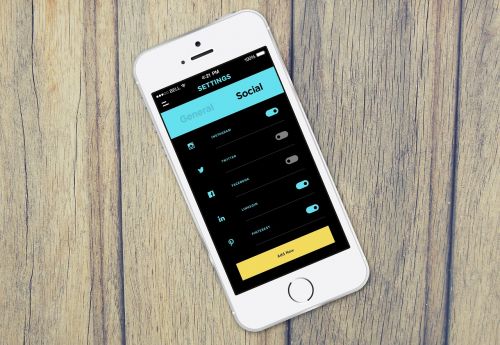
Oxygen delivery devices have progressed in much the same way. Unlike old bulky oxygen tanks, modern portable oxygen concentrators afford COPD patients the opportunity to accomplish more in their day-to-day lives with less hassle. But in order to accomplish that, oxygen manufacturers how to pursue a new type of oxygen delivery that didn’t involve storing oxygen inside a tank.
.png)
Oxygen concentrators work by generating oxygen from ambient air. They use intake vents to draw in surrounding air, then remove impurities like nitrogen and argon. It then puts out medical-grade oxygen that the user inhales through the nasal cannula. While this may sound complicated, the whole process is automated for you and all you need to worry about is learning how to turn the device on or off and adjust the flow setting which determines how much oxygen you receive. Without further ado, let’s take a look at some of the obstacles you’ll overcome with a portable oxygen unit.
{{cta('fa8abc2a-1e88-4fa3-82fd-1cb5b9ed43b2','justifycenter')}}
Staying Active
Exercise plays a crucial role in weight management, improving mood, boosting energy, promoting better sleep, and reducing your risk of developing diseases like diabetes and arthritis. Unfortunately, many people are under the impression that the need to exercise dissipates as we age or if we develop a chronic condition like COPD. This could not be farther from the truth!
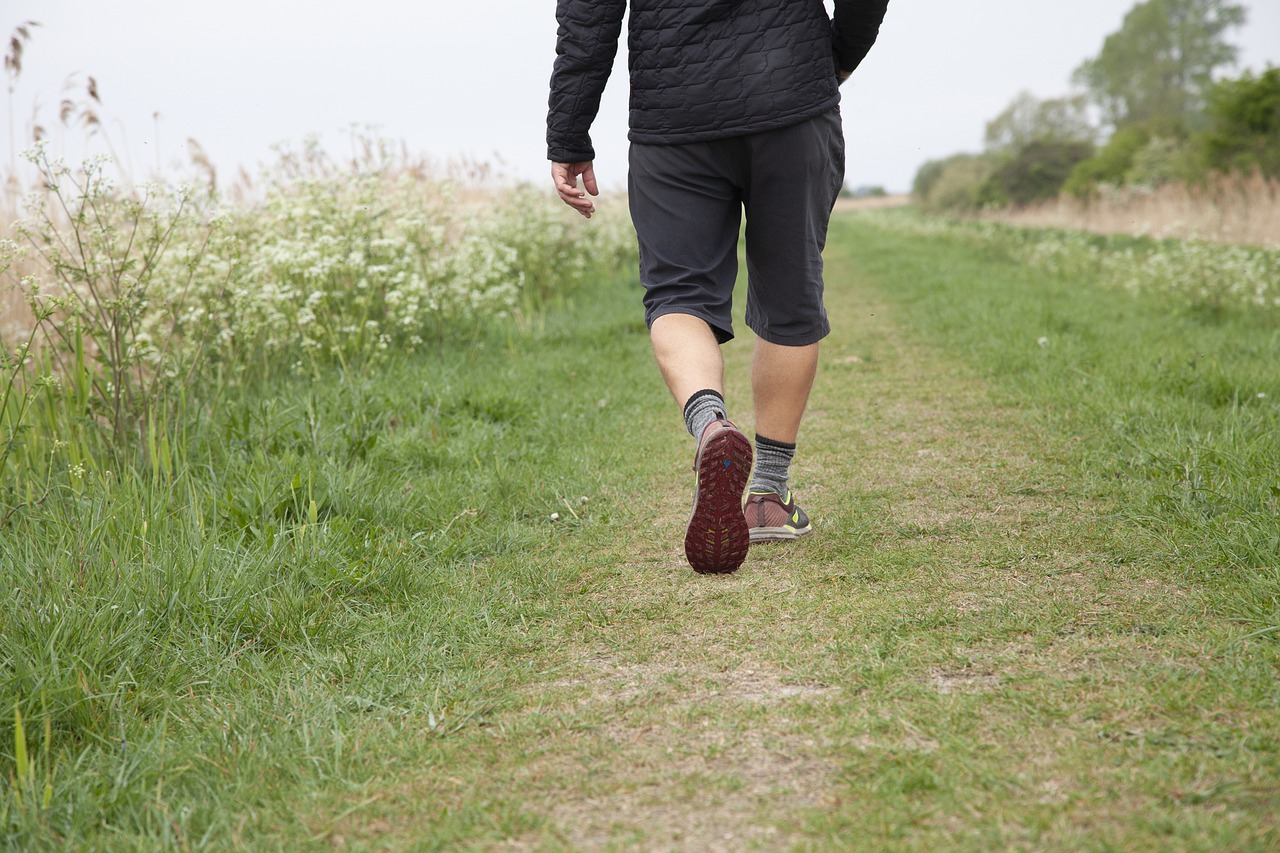
In fact, according to the Centers for Disease Control and Prevention (CDC), regular physical activity in seniors reduces your risk for common conditions like coronary heart disease, high blood pressure, and colon cancer. It’s also one of the best ways to combat feelings of loneliness or helplessness which are common in old age.
The good news is that you don’t need to commit to a rigorous exercise routine in order to benefit. Studies have shown that even a small amount of moderate exercise each day will have immense benefits for our health. What’s more important than the intensity of the exercise is how frequently you do it. Maintaining a sedentary lifestyle for more than a couple of days or weeks on end will inevitably cause your health to decline.

If you have COPD, you know that exercise can be a huge barrier in the way of staying healthy. Even patients with moderate (stage 2) COPD have around 50% to 79% lung function (FEV1), so it’s no surprise that many people with COPD become breathless after a small amount of exercise. This is why it’s absolutely vital that you keep up with your supplemental oxygen needs because it will ensure that your blood oxygen levels remain stable.
.jpg)
According to Healthline.com, a normal blood oxygen level is between 80 and 100 millimeters of mercury (mm HG), but it’s important to first check in with your doctor to make sure this is best for you. Either way, if you want to maintain your oxygen levels, you’re going to need a reliable portable oxygen device that you can take with you whenever you exercise. Since portable oxygen concentrators are much lighter and smaller than their alternatives, most people prefer them if they’re looking to stay active.
Doing Chores Around the House
Doing chores isn’t something that most people look forward to. They can be quite tedious and take time away from things that are much more entertaining. But COPD patients often have a unique perspective when it comes to chores because they can help them feel more in control and independent in their daily lives.
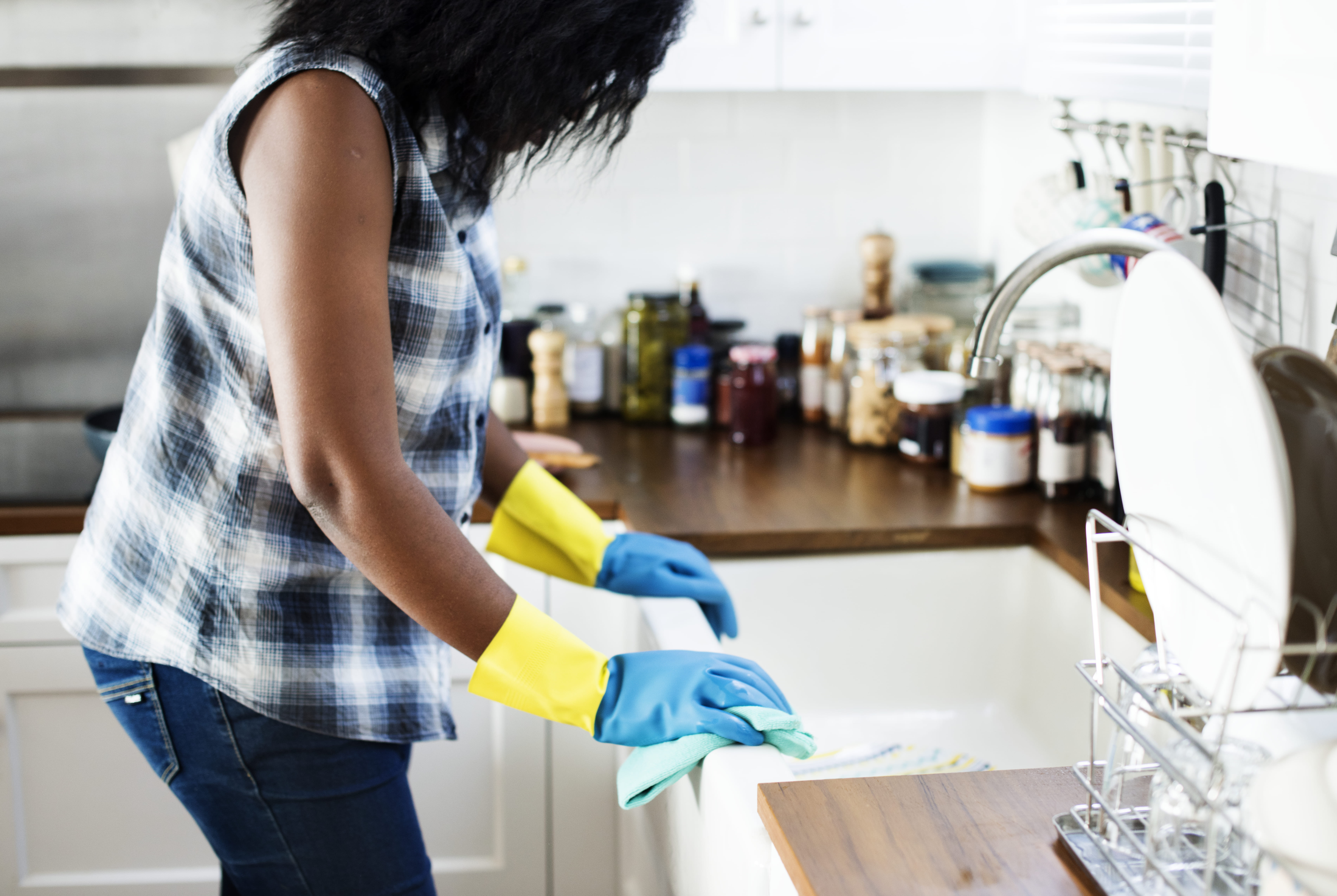
Simple tasks like taking out the trash, washing the dishes, or folding clothes can be very important for COPD patients who may feel anxiety or loneliness. These seemingly menial tasks can help keep your mind occupied in your downtime, keeping your mind off your disease and any other negative thoughts that you might come across. They can also help you keep your living space clean by reducing clutter.
Modern portable oxygen concentrators make it much easier for COPD patients to get around their own homes than old outdated oxygen tanks do. In the past, oxygen patients would need to purchase an extra long nasal cannula that they could drag around from room to room. This can be a pain, not to mention it’s also very dangerous because it can be a tripping hazard.
Traveling Long Distance
Long-distance travel is a huge barrier for many people with COPD. Since oxygen tanks are illegal on commercial flights for safety reasons, those with a respiratory impairment are required to take slower forms of transportation such as driving or riding a train or bus. If your goal is to visit your friends or loved ones across the country, you may be better off letting them come to you.
.jpg)
On the other hand, if you use a portable oxygen concentrator, you’ll be happy to find that no form of transportation is off-limits. Portable oxygen concentrators are approved by the Federal Aviation Administration (FAA) for in-flight use. All that is required is that you bring enough batteries to last you 1.5 times the length of the flight in duration. So, for example, if your flight was two hours long, you need three hours’ worth of battery. This is not a problem, however, considering concentrators like the Caire FreeStyle Comfort and Inogen One G5 can provide you with well over 10 hours of battery life on one charge.
Keeping up With Your Friends
A couple of months ago, we wrote an article titled, “7 Social Benefits of Owning a Portable Oxygen Concentrator.” In this post, we discussed the social stigma that’s often associated with supplemental oxygen therapy. From an outside perspective, oxygen users are often seen as less capable than their counterparts due to the fact that they have to lug around a bulky oxygen tank. But when they switch over to a portable oxygen concentrator, this stigma often goes away.
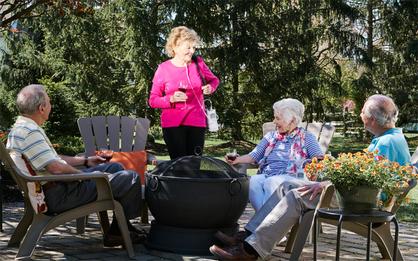
Not only are oxygen concentrator owners perceived as “more capable,” but they actually are more capable. Portable oxygen concentrators like the Inogen One G3 can easily be slung over your shoulder and carried around all day without you experiencing shoulder or back pain or shortness of breath. What’s more, it offers a variety of carrying options that can help you conceal your device and make it more inconspicuous.

The GO2 Carryall is one such carrying option that any G3 owner can enjoy. This is a leather bag specially designed to fit the Inogen One G3. Instead of simply protecting the G3, however, they also look very stylish and match many different wardrobes. It’s also very easy to access the G3 control panel if you need to adjust your flow setting, check your battery life, or turn the device on or off.
{{cta('b59df0c1-c4de-47a8-8e1c-0d33d4b414aa','justifycenter')}}
Avoiding Hospital Visits
There’s no doubt about it, being admitted to the hospital constantly due to flare-ups or exacerbations is exhausting, time-consuming, and it can put a huge strain on your financial well-being. According to businessinsider.com, the average stay at a hospital is around $10,700. In other words, you can eat through your savings real fast if you don’t come up with some plan to reduce medical emergencies due to COPD.

Simply put, POCs help you prevent exacerbations and flare-ups because they offer a reliable source of oxygen no matter where you are in the world. Whether you’re sitting at home or you’re exercising at your favorite park, these oxygen machines will keep your lungs fully saturated, which in turn will ensure that every tissue and organ in your body has the oxygen it needs to function properly. This will put you in the best position possible to avoid medical emergencies like a heart attack, stroke, or high blood pressure.
Another way that portable oxygen concentrators prevent exacerbations and flare-ups is because they come equipped with particle filters. These filters remove small particles from the air that you would normally be inhaling before it enters the device. This is mainly done to prevent damage to the POC itself, but it has the added benefit of purifying the air that you inhale through the nasal cannula. However, if you want to breathe the cleanest air possible, you should be sure to remove and clean the particle filter regularly. If you don’t know how to do this, consult your product’s user manual or speak with a respiratory specialist.
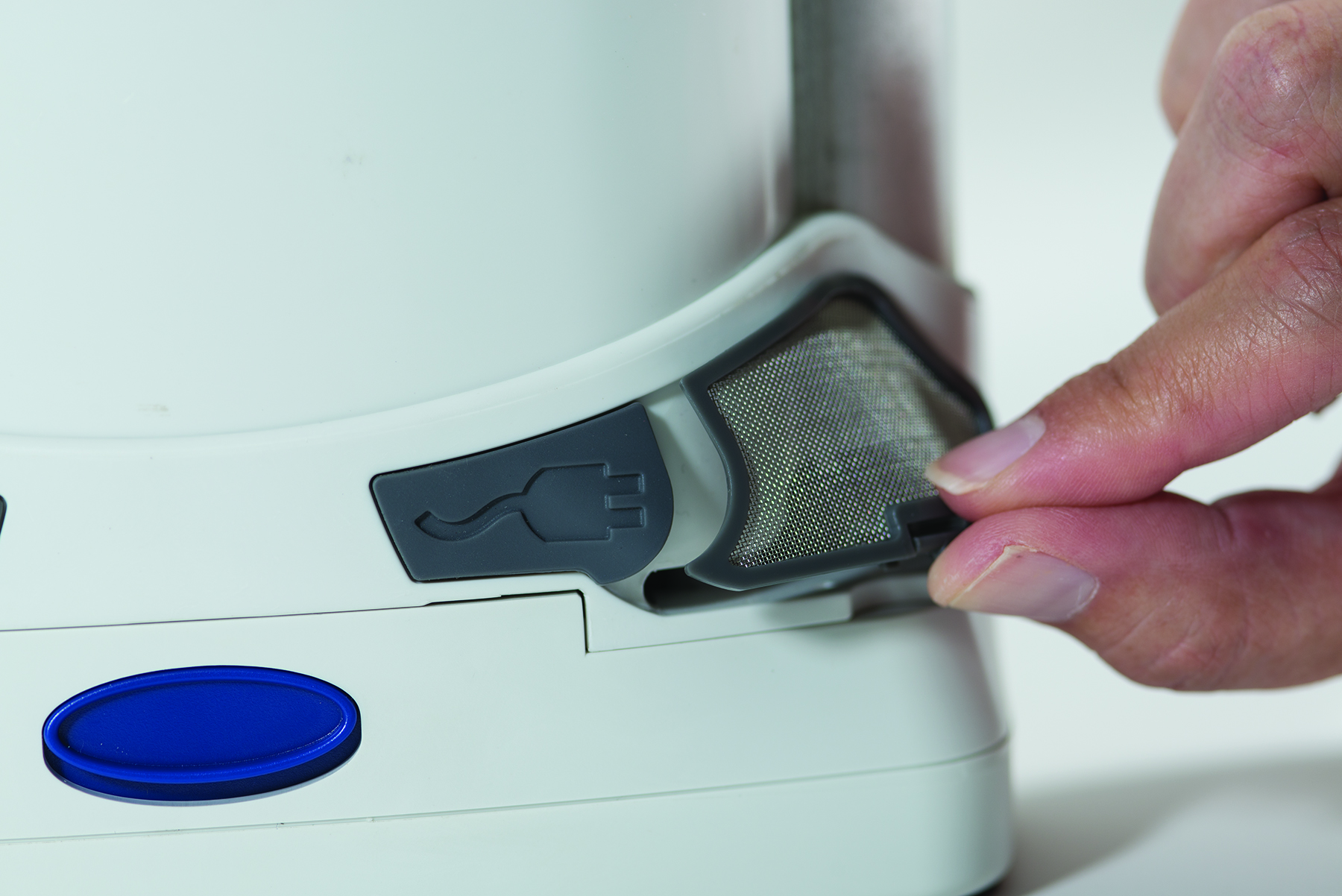
Following Your COPD Treatment Plan
A COPD treatment plan is an all-encompassing set of guidelines that your doctor will create for you to help you slow the progression of your disease and reduce symptoms. It usually involves some type of exercise routine like pulmonary rehabilitation, an improved diet, medication, and supplemental oxygen therapy. Like anything in life, the more you work at your treatment plan, the easier it will be to follow.
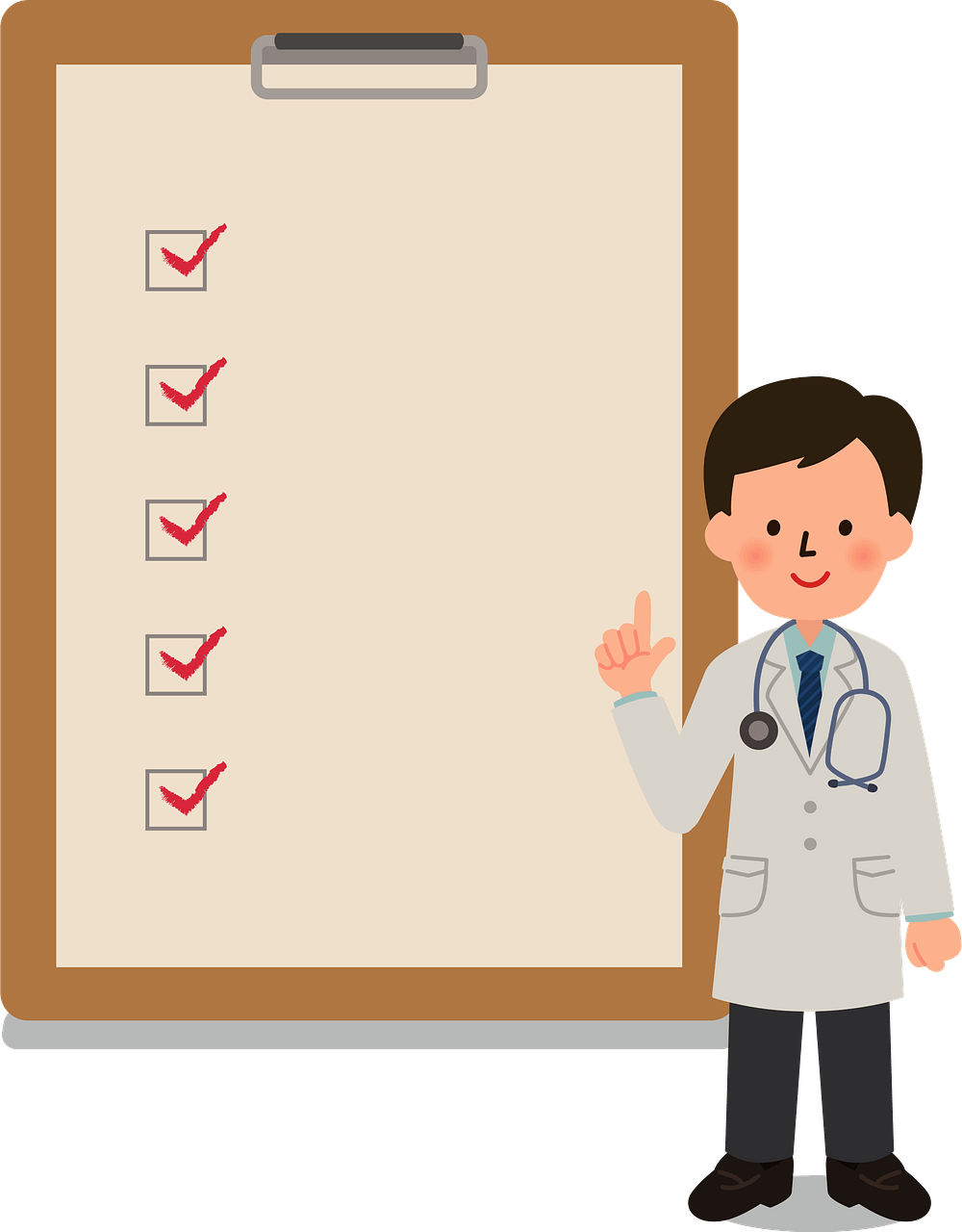
If you’re struggling to manage all these different things, however, you may benefit from a portable oxygen concentrator. Unlike oxygen tanks, you’ll never have to “refill” your concentrator. Simply plug it into a wall outlet until it’s fully charged or you can keep an extra battery charged so that you have no downtime. This will free up some time for you to work on other areas of your treatment plan such as your diet or exercise routine.
Staying Self-Sufficient
Self-sufficiency is something that can easily be taken for granted if you’re not careful. Chances are, you’ve spent your whole life working and taking care of yourself, but if you’re diagnosed with COPD, you might see this freedom slowly start to disappear. You may find yourself becoming increasingly reliant on friends or loved ones for support.
![]()
One of the reasons COPD patients may find themselves becoming less self-sufficient is because of their oxygen device. Oxygen tanks need to be refilled regularly meaning you’ll either have to go to an oxygen company yourself or have them deliver full oxygen tanks to your home on a regular basis. But if you switch over to a portable oxygen concentrator you’ll find that you never need to rely on others. Simply charge up your batteries and you’ll be able to go wherever you want, whenever you want.
{{cta('43b79c5e-6bd6-4f02-ac27-2d038d20c146','justifycenter')}}
Conclusion
Everyone faces roadblocks in their life that make it more difficult to accomplish everything we’ve set out to do. But being diagnosed with COPD can feel like facing an obstacle that can’t be overcome. Fortunately, by taking things one step at a time and relying on friends, family members, and modern technology, it is possible to make progress and live a happy life.
Most COPD patients prefer using portable oxygen concentrators over other oxygen devices like compressed oxygen, liquid oxygen, or stationary oxygen concentrators because they help them to overcome some of their greatest challenges with less stress and anxiety. They’re also far more reliable and less dangerous to use.

